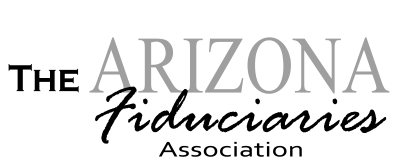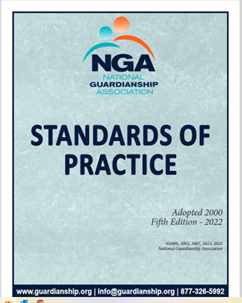

| |
Adopted in 2000 and revised in 2013 and 2022, the National Guardianship Association's Standards of Practice offer guidelines for guardians across the country. Topics include relationships with affected parties, decision-making standards, confidentiality, specific responsibilities, and much more. Although not enforceable by the Arizona courts or the Fiduciary Audit team; they are considered industry best practice and they in many ways mirror our state's standards. Those who are familiar with the requirements for Arizona Licensed Fiduciaries will realize that they are in certain ways different than the NGA standards. For example, the Arizona Code of Judicial Administration (ACJA 7-202 - Fiduciaries) requires a Licensed Fiduciary to visit the ward at least every 90 days, whereas the NGA requirement is that the guardian maintain a caseload that allows for each ward to be visited on a monthly basis. Interestingly, a non-professional serving as guardian for a family member or for no fee has no requirement to ever visit the ward, because the ACJA does not apply to non-licensed individuals and ARS Title 14 makes no mention of visit requirements in the sections governing guardians of incapacitated adults. |
